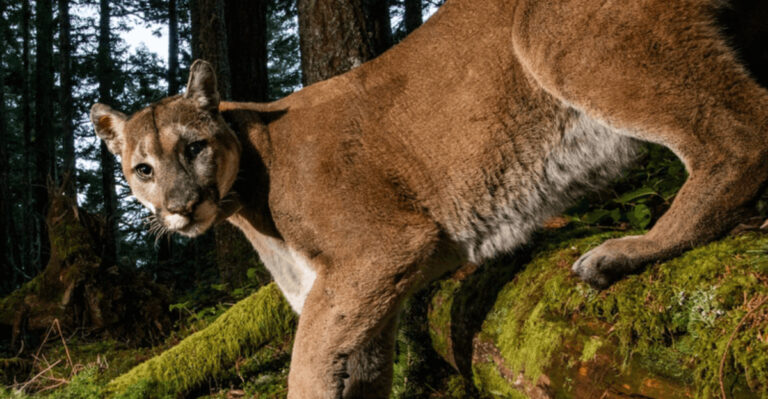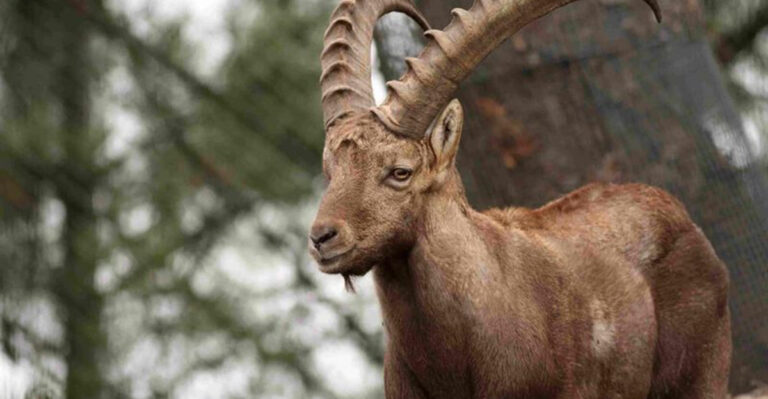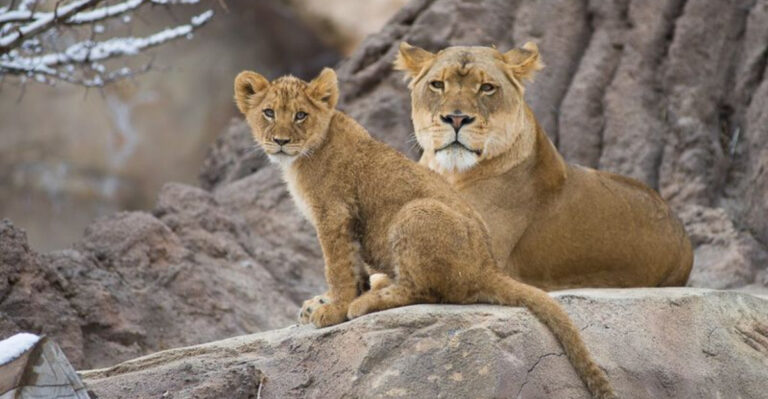How Reforestation Is Bringing Wildlife Back To Appalachia
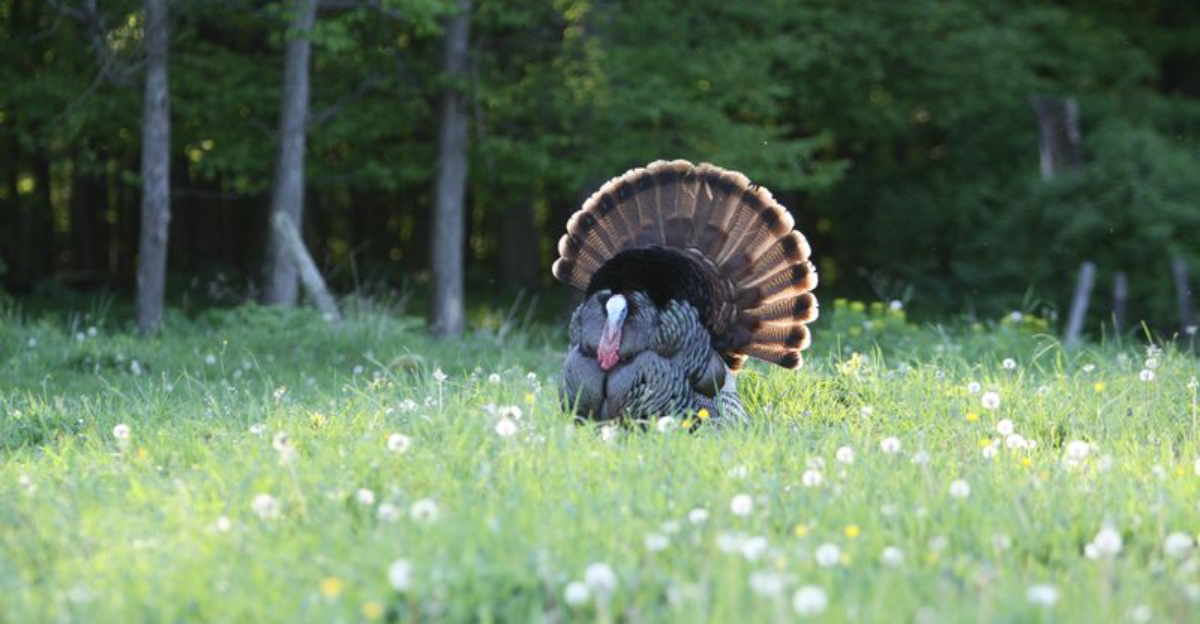
Across the ancient mountains of Appalachia, a quiet revolution is taking place as trees reclaim once-barren landscapes.
After decades of mining, logging, and development stripped these hills of their natural cover, dedicated reforestation efforts are breathing new life into the region. The results are nothing short of magical – wildlife species long absent are finding their way home, creating a comeback story that gives hope to conservationists everywhere.
Black Bears Roam Free Again
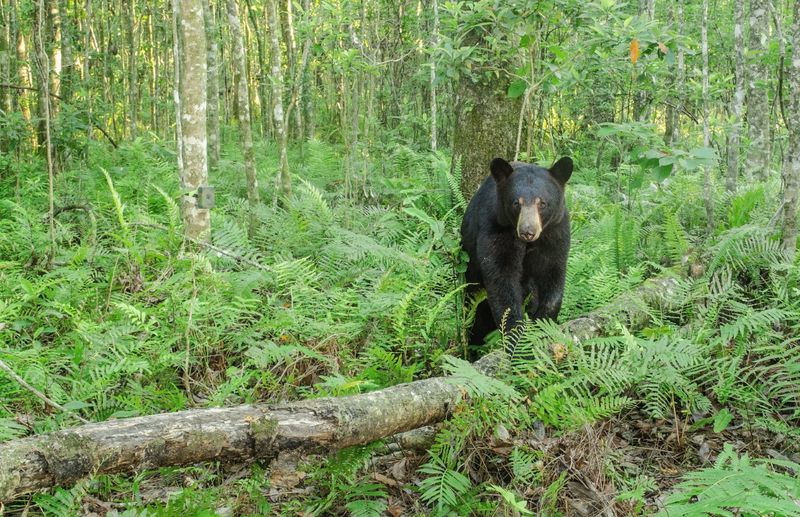
Remember when spotting a black bear in Appalachia was rare enough to make local news? Those days are fading fast. As young forests mature into dense woodland habitats, these magnificent creatures have expanded their territory dramatically.
Acorn-producing oak trees provide essential food sources, while thick underbrush offers perfect denning sites. Conservation groups report bear populations have tripled in some restored areas since the 1990s.
Wild Turkeys Strut Their Comeback
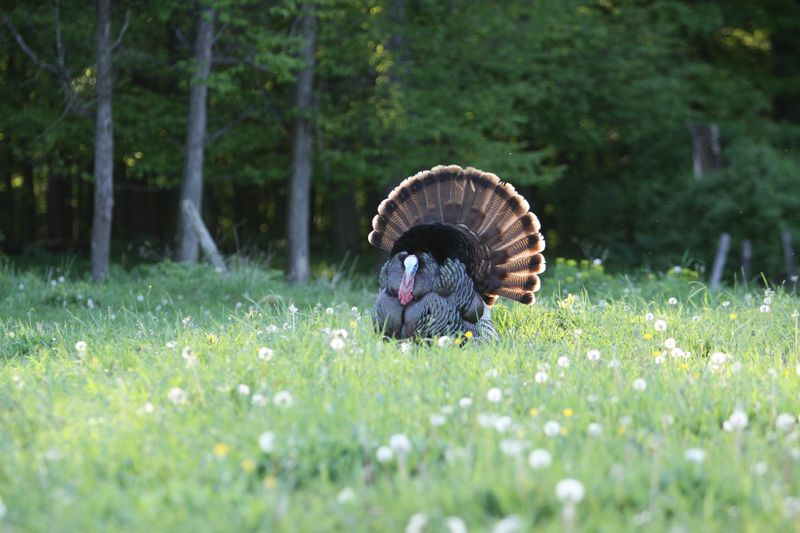
Gone are the days when wild turkeys were just characters in frontier stories. These magnificent birds nearly vanished from Appalachia due to habitat loss, but reforestation has sparked a remarkable revival.
Mixed forests with open understories create perfect strutting grounds for males and nesting areas for females. The birds feast on insects, seeds, and nuts found in healthy forest ecosystems. Today, their distinctive gobbling echoes through valleys where silence once reigned.
Red Wolves Find Sanctuary
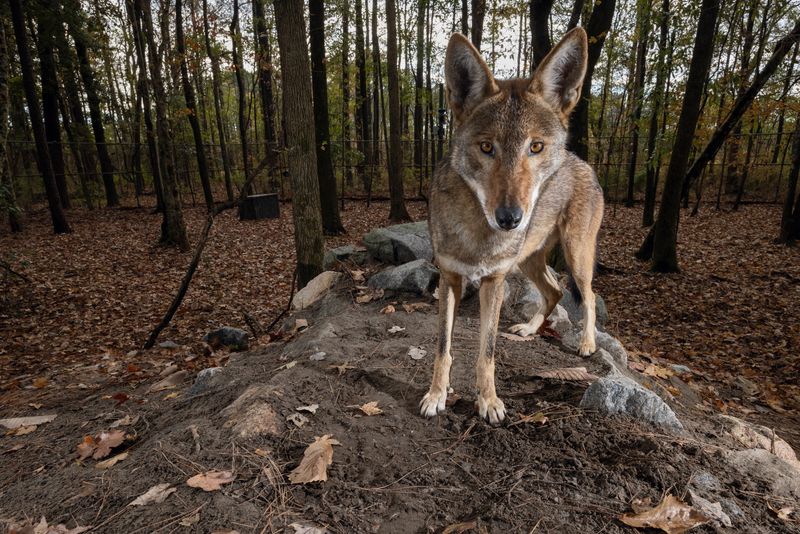
Against all odds, North America’s most endangered canid is making a cautious return. Once declared extinct in the wild, red wolves now patrol remote sections of restored Appalachian wilderness thanks to reintroduction programs working alongside reforestation efforts.
Expanded forest corridors allow these shy predators to move undetected between hunting grounds. The wolves help control deer populations, creating healthier forests through a beautiful ecological chain reaction that scientists call a trophic cascade.
Songbirds Fill The Forest Canopy
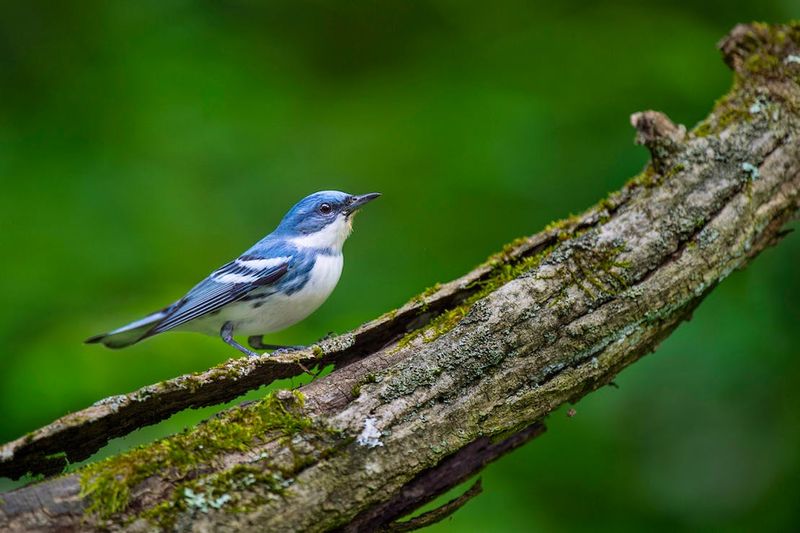
Dawn in reforested Appalachia now brings a symphony that was nearly silenced. Warblers, thrushes, and vireos dart through layered canopies that simply didn’t exist twenty years ago.
Each forest layer – from ground cover to towering trees – provides specialized habitat for different species. Cerulean warblers, whose populations plummeted 70% since 1970, are showing promising recovery in areas where strategic reforestation created the mature hardwood stands they require.
Salamander Havens Emerge In Mountain Streams
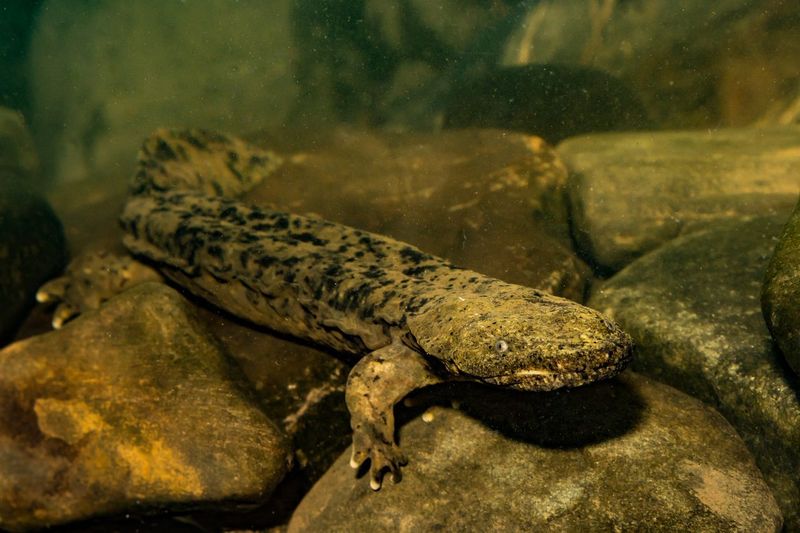
Few people realize Appalachia hosts the world’s greatest salamander diversity. These secretive amphibians vanished from countless watersheds when logging left streams exposed and silted. The reforestation miracle is happening underground too!
As trees return, their roots stabilize soil and create cool, moist microclimates essential for salamander survival. Fallen leaves feed stream ecosystems while shade keeps water temperatures perfect. Monitoring teams now find rare species like the hellbender in streams that were practically lifeless a generation ago.
Bobcats Reclaim Their Territory
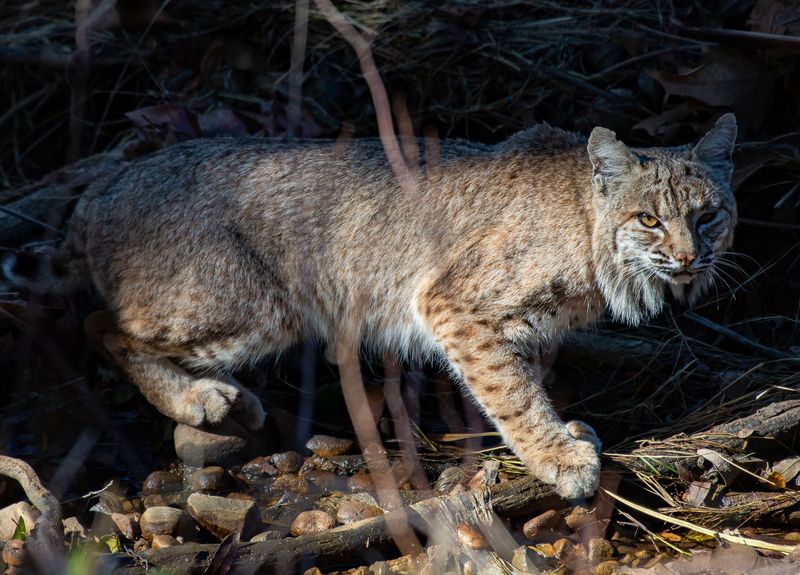
Stealthy and seldom seen, bobcats represent a reforestation success story that happens largely out of sight. Camera traps throughout restored Appalachian forests capture these magnificent felines at rates unimaginable twenty years ago.
Young forests with dense undergrowth provide perfect hunting grounds for these medium-sized predators. Their return signals a healthy ecosystem with abundant prey species like rabbits and rodents. Even more exciting, researchers document bobcats using reforested corridors to connect previously isolated populations.
Pollinators Buzz Through Forest Edges
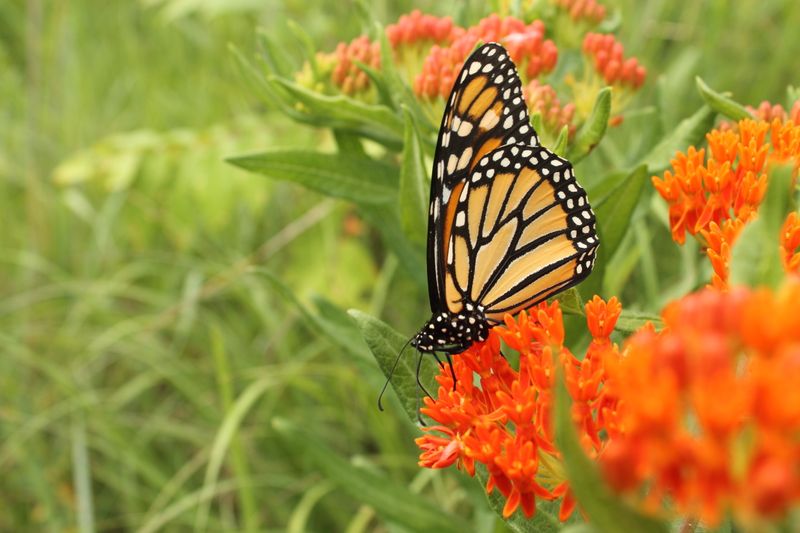
Butterflies dance on sunbeams while bees buzz from flower to flower along reforested edges throughout Appalachia. These vital creatures faced catastrophic declines as flowering plants disappeared with the forests.
Strategic reforestation now includes creating “soft edges” where forests gradually transition to meadows. Native flowering trees like redbud and serviceberry bloom in spring, while summer wildflowers thrive in partial shade. The monarch butterfly, once vanishing at alarming rates, now finds milkweed corridors through reforested landscapes.
Beaver Engineers Transform Watersheds
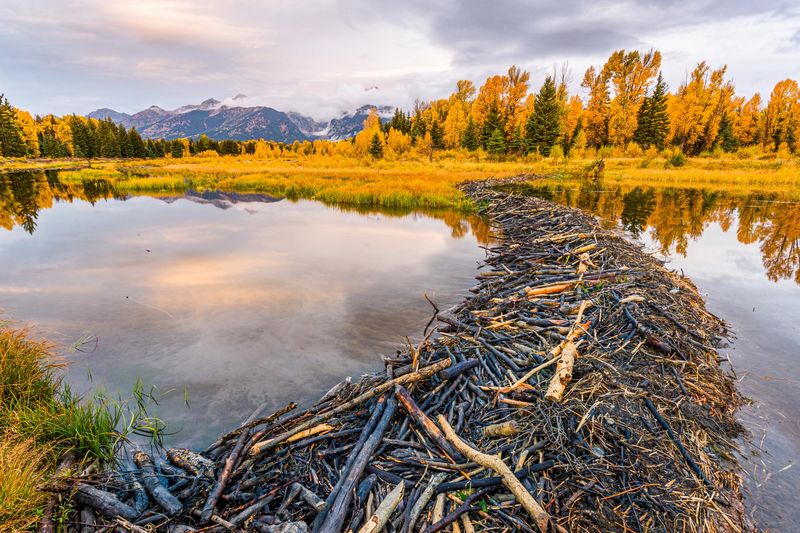
Nature’s greatest landscape architects are back at work! Beavers disappeared from Appalachia as forests fell, but reforestation has rolled out the welcome mat for these industrious rodents.
Young aspen and willow trees growing in reforested floodplains provide perfect building materials and food. Beaver dams create wetland habitats that support countless other species while improving water quality downstream. Their ponds act as natural fire breaks and drought buffers, making the entire ecosystem more resilient.
White-tailed Deer Balance Returns
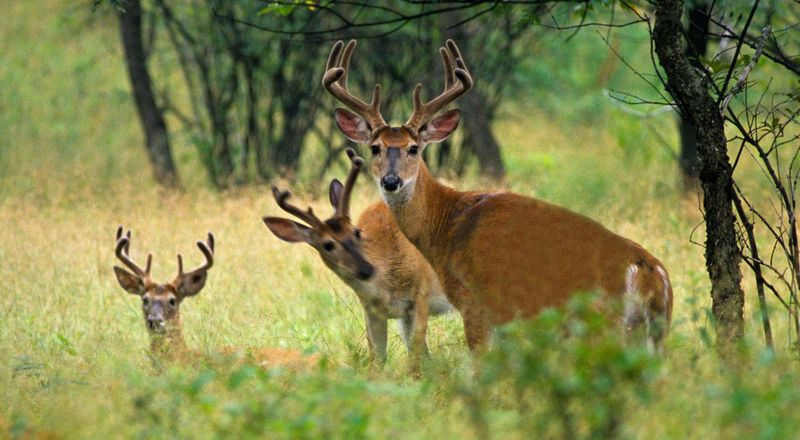
Surprisingly, reforestation helps solve deer overpopulation problems that plagued Appalachia for decades. Without enough forest predators, deer herds exploded, causing car accidents and destroying forest understories with excessive browsing.
Restored forests support healthier, more balanced deer populations in two ways. First, they provide better nutrition through diverse plant communities. Second, they support predators like coyotes and bobcats that help control deer numbers naturally. The result is healthier deer and healthier forests.
Freshwater Mussels Filter Cleaner Streams

Hidden beneath the surface of Appalachian streams, a remarkable recovery is underway. Freshwater mussels – nature’s water filters – are returning to waterways where reforestation has reduced erosion and improved water quality.
A single mussel can filter 15 gallons of water daily, removing pollutants and clarifying streams. As trees reclaim riverbanks, their roots prevent soil from washing into waterways. Many endangered mussel species now show population increases in watersheds where strategic reforestation focused on riparian zones.


